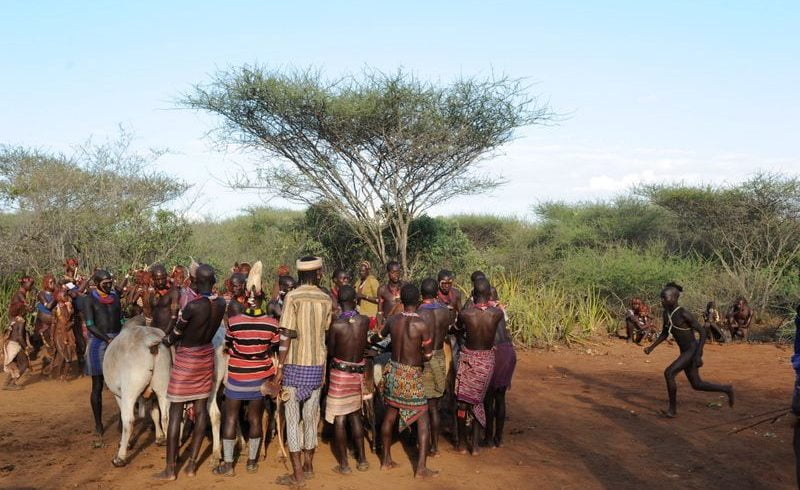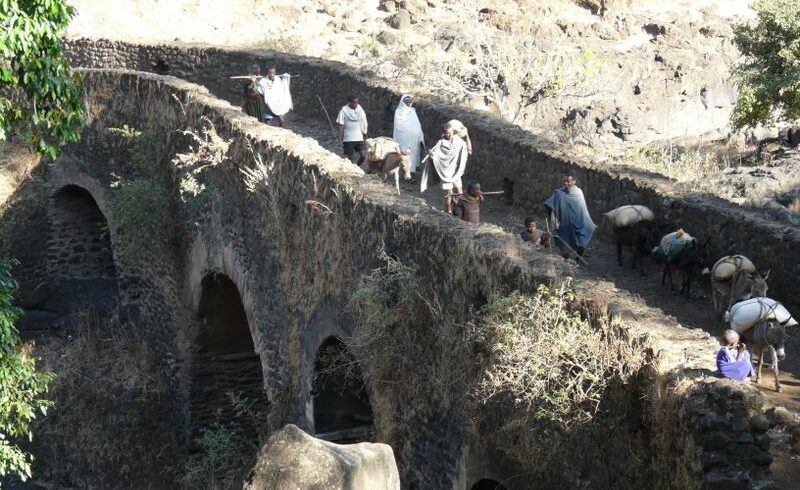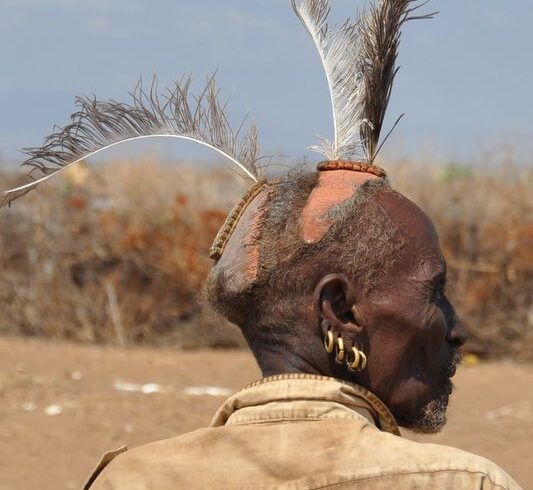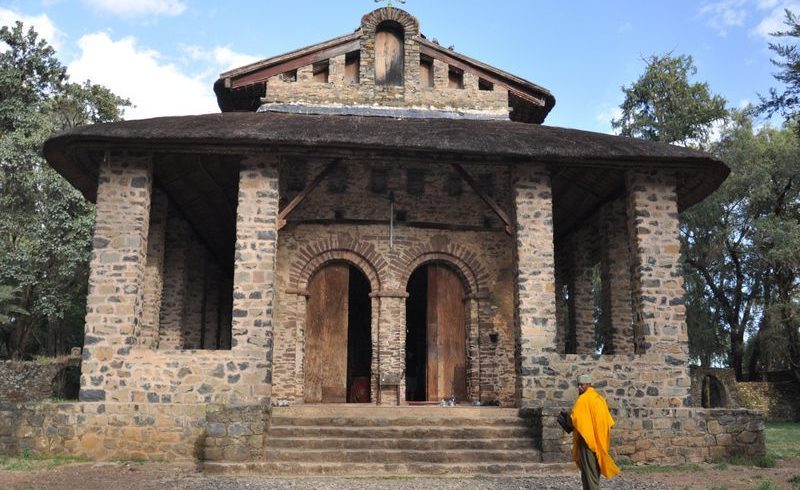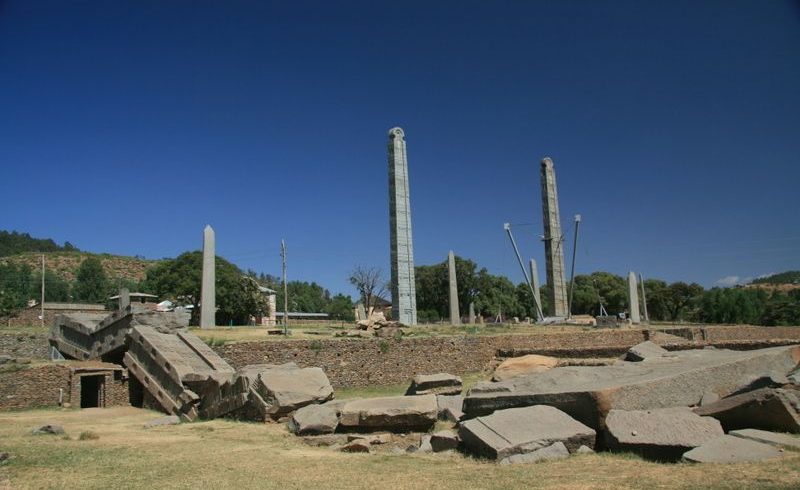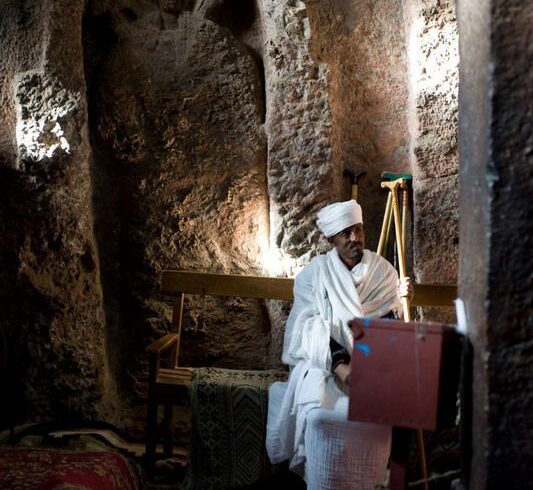Ethiopian culture
The diversity of people living in Ethiopia is enormous: close to 120 million people are divided into over 80 ethnic groups, together speaking over 200 dialects. The relative isolation of the country, never colonized by a foreign power, left a very distinctive identity and a very special Ethiopian culture. Ethiopia is different in every corner!
When talking about Ethiopia as a cultural destination it is usually about the ethnic groups in the south of the country. Although we follow this reasoning somehow, it does injustice to the rest of the country and to the people in the south who are so much more than just a ‘cultural attraction’
Language
Four major linguistic groups are present in Ethiopia. People speaking Semitic, Cushitic, Nilotic, and Omotic languages. The last group of languages is only spoken in Ethiopia in the Omo Valley.
Religion
Ethiopia is a country where religions meet. Christianity is the biggest religion with most people (over 50% of the population) following the very own Ethiopian Orthodox Church. Around 34% of the population is Muslim and in the south many people follow traditional beliefs. The introduction of Christianity came in the fourth century AD and the Christian emperor provided shelter to a group of Muslims in the early years of Islam. This long history of religions has been shaping Ethiopian culture.
Food and drinks
Ethiopian food is very typical and sharing a meal is an important part of Ethiopian culture. The staple food is ‘enjera’ a huge, bit sour-tasting, pancake with a spongy structure. It is made from teff, a grain unique to the highlands of Ethiopia. The dish is served with all kinds of ‘wot’: meat or vegetable stews. The often spicy food is washed down with the local beer ‘tella’ and honey wine ‘tedj‘. There are many fasting days on the Ethiopian calendar and therefore it is a perfect country for vegetarians. And even for vegans, because fasting means not taking any animal product, including eggs and dairy.
Coffee ceremony
Coffee originated from the Kaffa region in western Ethiopia. Today it is a big contributor to the economy. Ethiopians are proud coffee consumers, it takes some time to prepare though. Sooner rather than later there will be an invitation for you for a coffee ceremony, a proud example of Ethiopian culture. The ceremony starts with the washing of the fresh green beans. Meanwhile, the host is preparing a charcoal fire and starts the roasting of the beans. While grinding the beans in a mortar, water is boiled and a first cup of coffee (usually with lots of sugar) is prepared. While enjoying the first serving, the preparation of the second round continues by adding extra water to the coffee pot. This is repeated and the ceremony is finished with a third serving which is called ‘beraka’ (luck) and it is polite taking all three servings. The burning of incense and serving of popcorn and ‘kolo’, roasted barley, as a biting, is also part of the ceremony. The covering of the floor with fresh grass is a welcoming sign of hospitality.
Music and dance
The list of the unique culture of Ethiopia is endless. Music and dance are also very distinctive and differ from region to region. Instruments like masinko, krar, and begena are little known outside Ethiopia. The cultural restaurants in Addis Ababa give a good impression of the music from all over the country, meanwhile, you enjoy a wide selection of delicious Ethiopian food.
Calendar and time
History left Ethiopia with its own calendar based on (but not the same as) the Julian calendar. It consists of 12 months of 30 days and 1 month of 5 days (6 days in a leap year). The celebration of the New Year is on September 11th (12th in a leap year) and the calendar is between 7 and 8 years behind the Gregorian calendar. Hence the slogans: ‘Enjoy 13 months of sunshine’ and ‘Feel seven years younger’
As in more countries near the equator, the measuring of time is in 12-hour cycles. Starting at sunrise, 6.00 in the morning. 07.00 (7 AM) is 1 o’clock in Ethiopia, noon is 6 o’clock and 18.00 (6 PM) is 12 o’clock.
Visit Ethiopia: the land of 13 months of sunshine and feel 7 years younger.
Our most popular packages
This is a fine example of combining some of our suggested itineraries to a 'Best of Ethiopia' tour. It is…
For us this is the classic 'Historical Route'. It takes you to all the important historical sites of northern Ethiopia…
This is a perfect balanced itinerary to meet different ethnic groups in the south. Meanwhile you can enjoy the natural…
This is the shortest possible tour which takes you to all the important historical sites of northern Ethiopia and includes…
When your time is really limited but you want to include all the important historical sites of northern Ethiopia in…
A visit to the rock-hewn churches of Lalibela is the highlight of any visit to Ethiopia. The 12th century churches…

